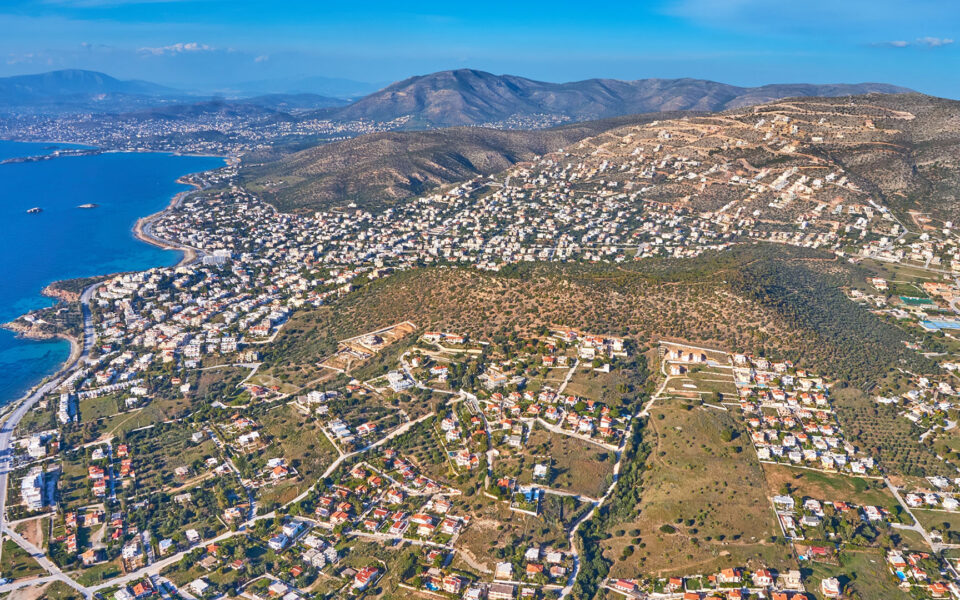Construction outside zoning areas to grow
Environment Ministry seeks to multiply the network of roads next to which properties can be built

Amid the unprecedented explosion of real estate and construction, especially on the islands as of 2017, the Environment Ministry presented new regulations to the cabinet on Tuesday that encourages building activity outside town zoning areas.
In the last three years, the country’s highest administrative court, the Council of State, in a series of decisions, has forced planning authorities to apply the law on construction outside zoning areas, allowing it only under specific conditions.
The crackdown on those which systematically circumvented the rule (in force since 1985 and specified in 2003), resulted in a drastic reduction in the number of building permits issued for areas outside town planning zones.
However, the new regulations, which have yet to be made public, will usher in a significant increase in such construction, especially on plots that have changed hands in the last five years, when the “invasion” of international real estate in parts of Greece took place.
The new provisions will apply to two categories of land: those “created” (e.g. through partitioning) up to May 1985 and those “created” from June 1985 until the end of 2003.
In both cases, roads that existed in July 1977 will be “recognized” (i.e. they will offer building capacity on the plots facing roads). Further, the minimum length that a plot needs to line a recognized street is reduced from 25 meters to 3.5 meters.
Therefore, in order for a building permit to be issued for pre-1985 plots, a 3.5-meter frontage on a street existing in 1977 is not necessary.
Plots from 1985-2003 must be next to a street that existed in 1977 and which connects to a community or other recognized road.
The road must have been treated by the municipalities or the district as a public road – i.e. even if it was not (illegally) opened by a state agency but by a private party, it must have been (at some point, not necessarily in 1977) paved by the municipality or have a utility running through it.
This regulation essentially multiplies the network of roads next to which one can build. There is even scope for for a further increase, as the ministry has commissioned a survey of the country’s entire road network.
This option overrides the case law of the Council of State and the state’s long-standing announcements about restricting off-plan development. Instead it promotes lane building in the countryside, creating informal linear settlements; a wasteful option, not only for the landscape, but also economically.





